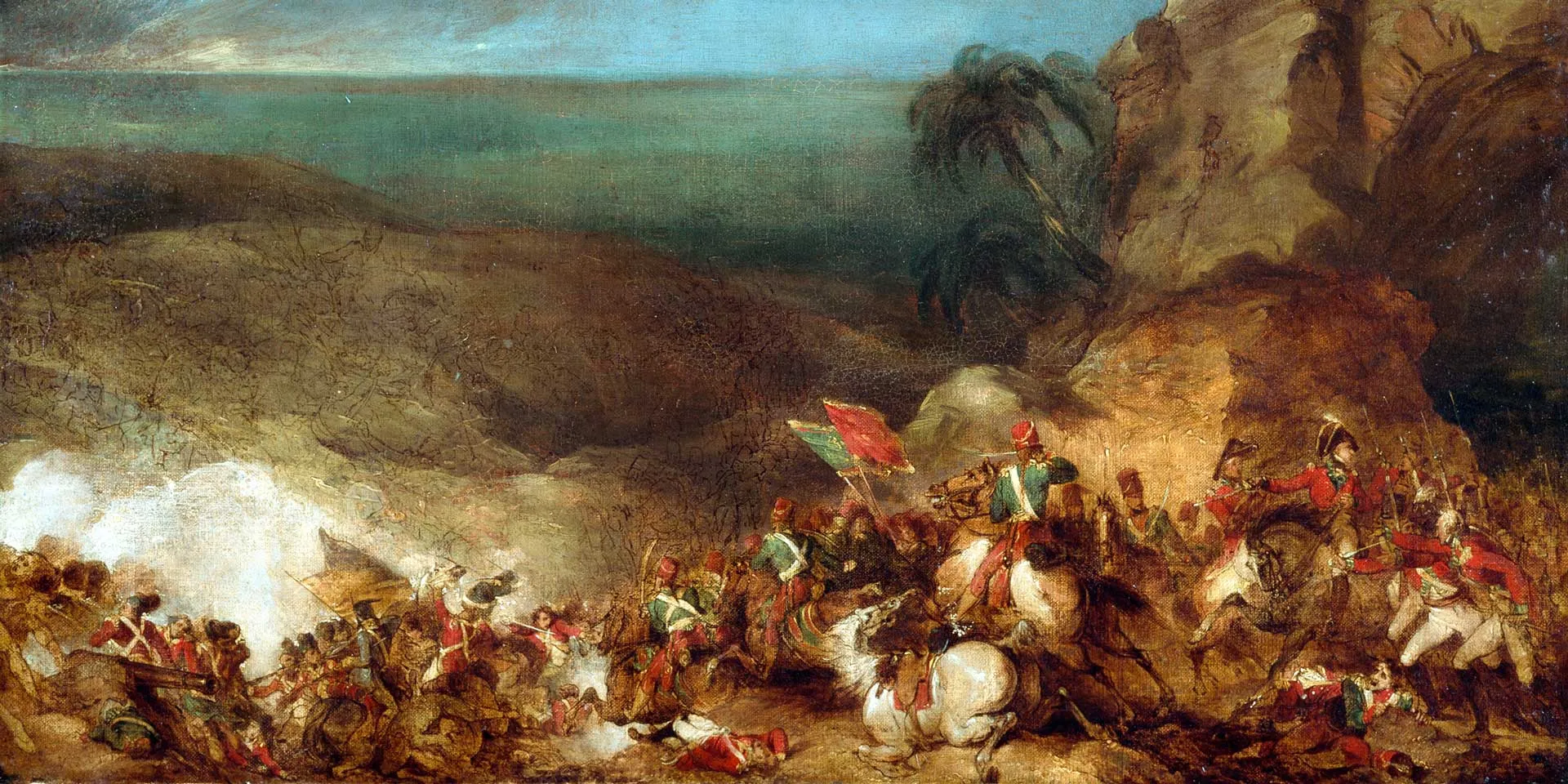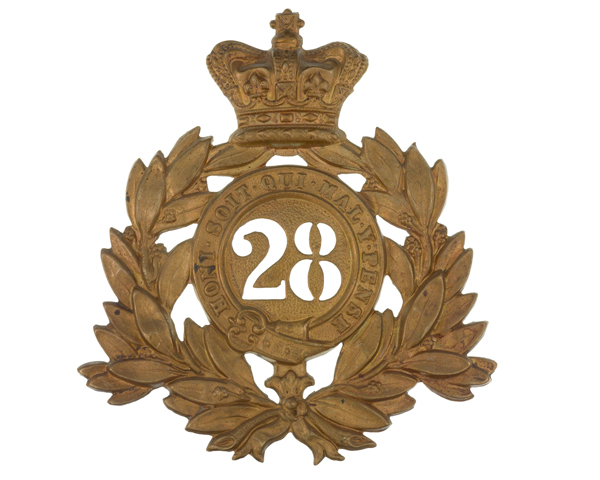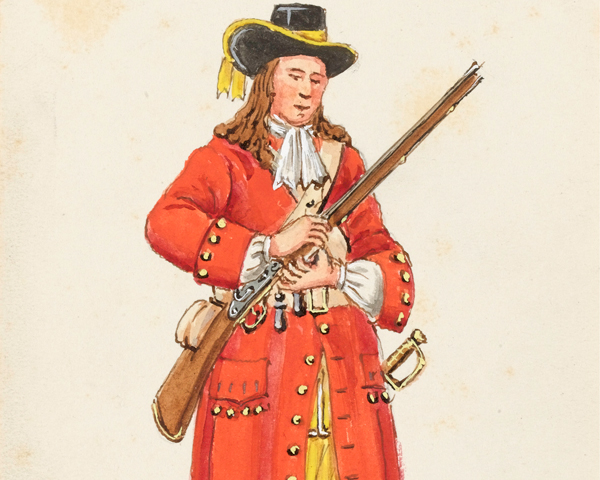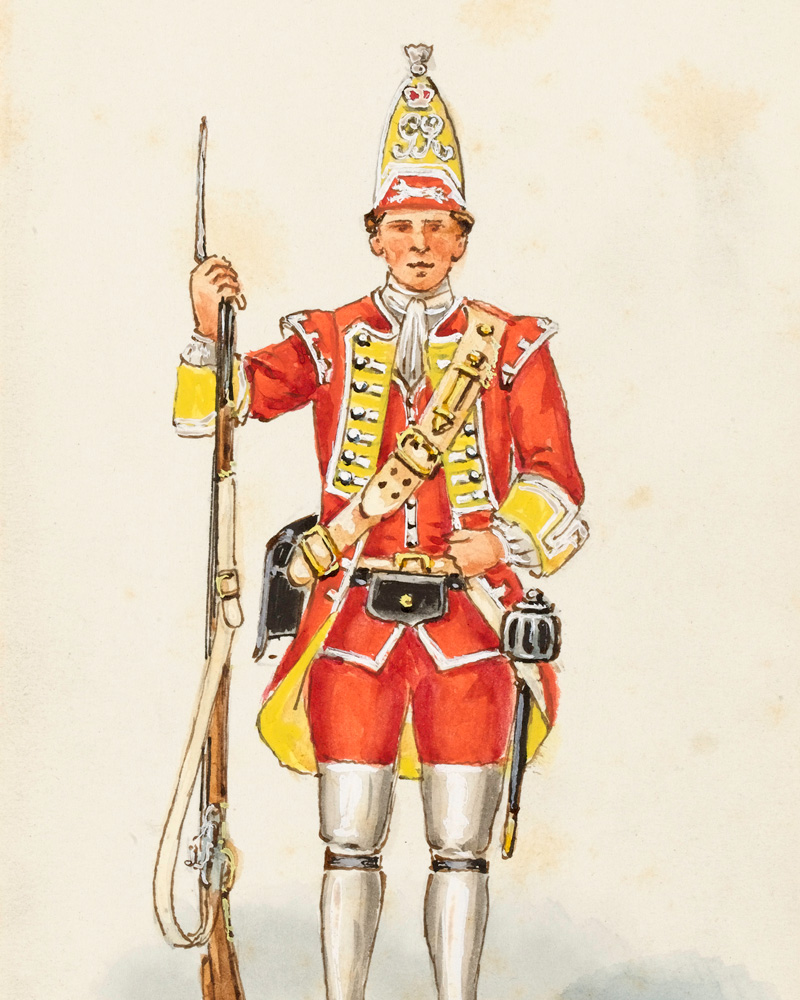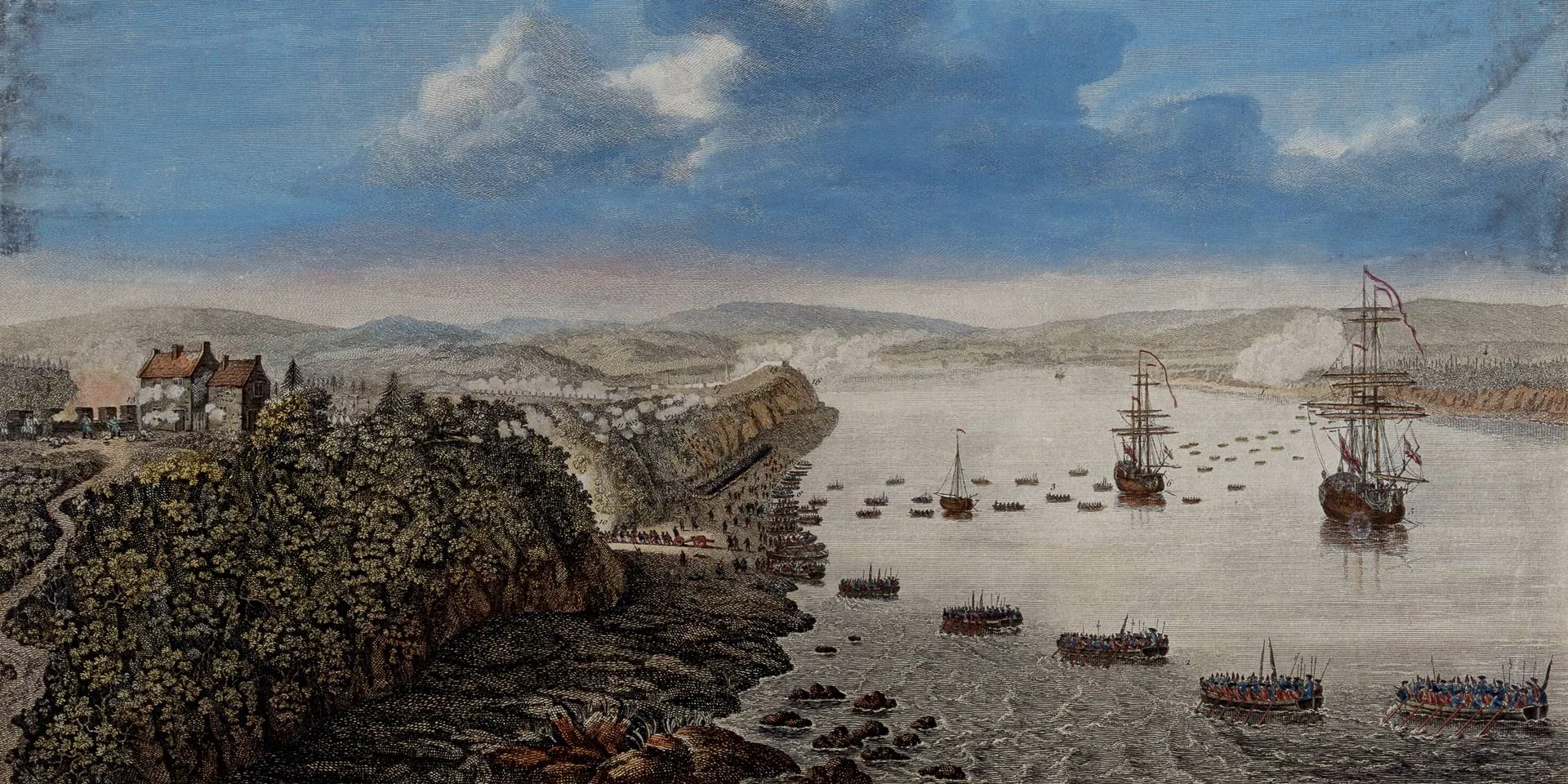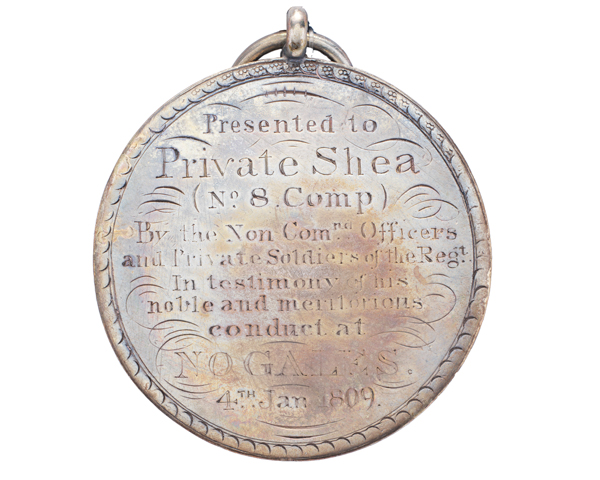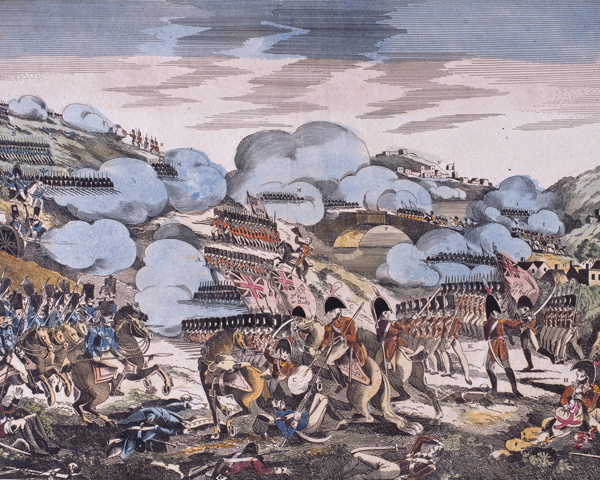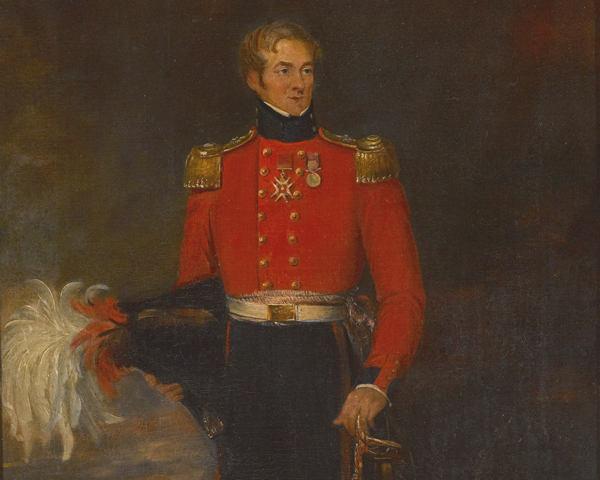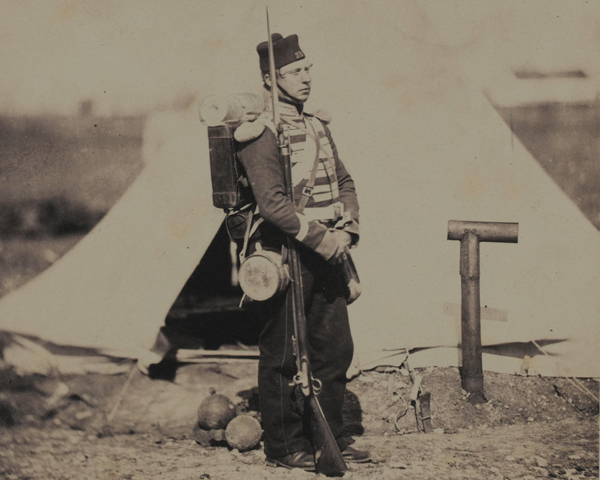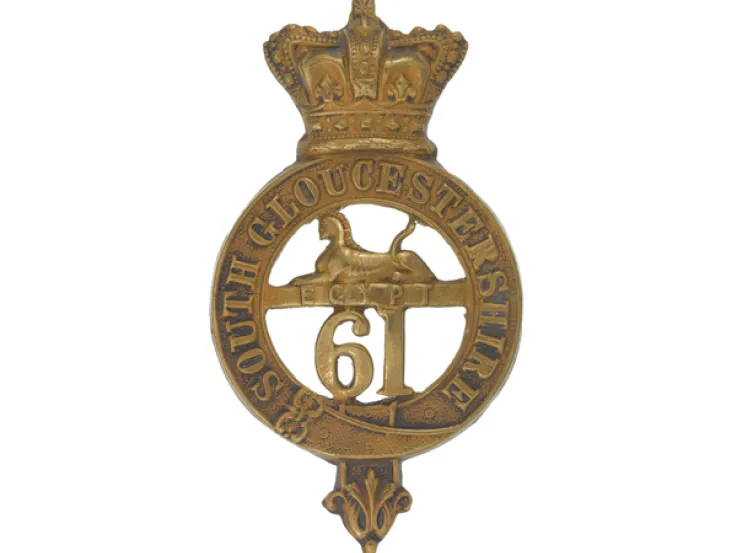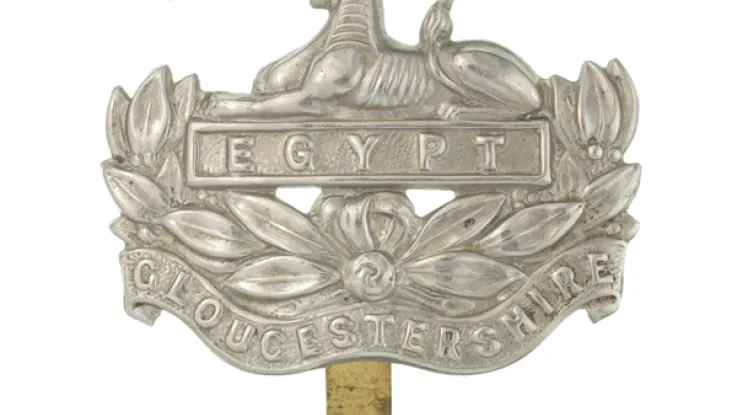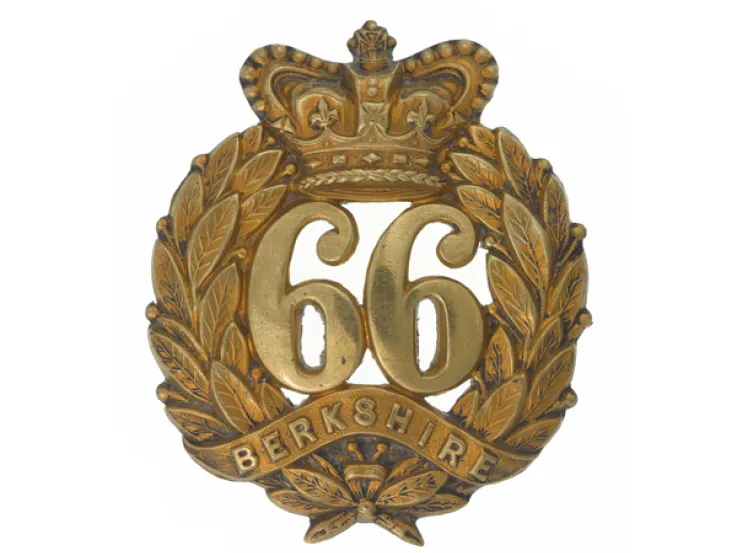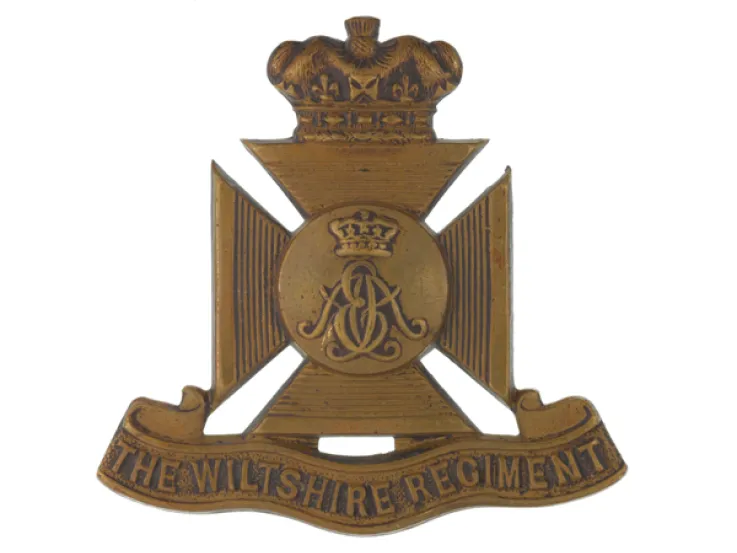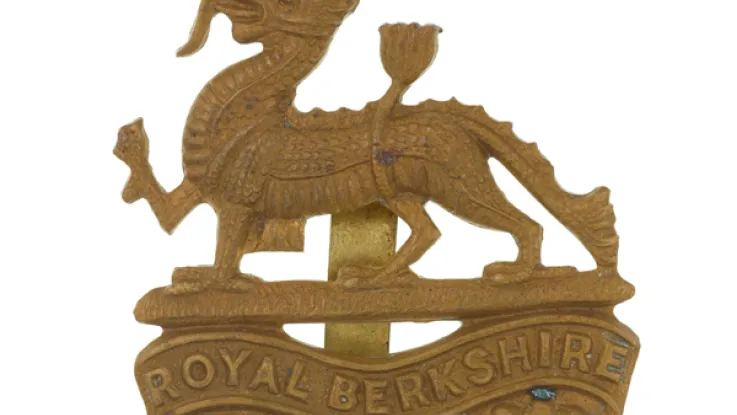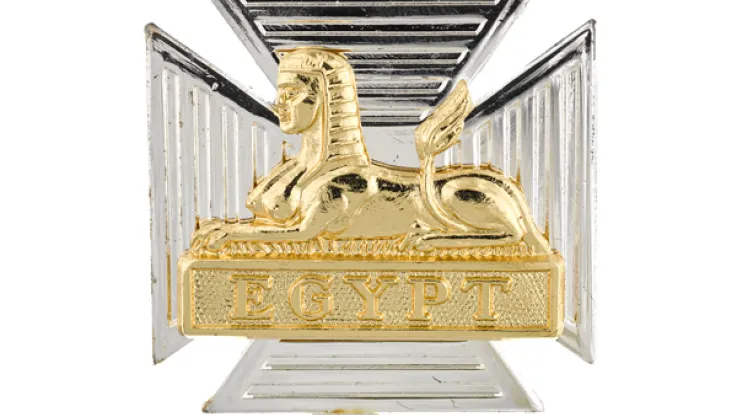Origins
In 1694, Sir John Gibson, the Lieutenant-Governor of Portsmouth, raised a new regiment for service during the Nine Years War (1689-97). Three years later, it sailed for Newfoundland to defend English colonial settlers against French expansion. It arrived in June 1697 to find almost every English settlement in the colony wiped out.
Most of its men returned to England the following October. Of the 300 who remained, about 70 per cent died from the winter cold. By this time, France and Britain had signed the Treaty of Ryswick, bringing an end to the conflict. The regiment was disbanded shortly afterwards.
Early 18th century
Gibson re-raised the regiment in 1702 during the War of Spanish Succession (1702-13). It arrived on the Continent too late to fight at Blenheim (1704), but helped break the fortified line between Antwerp and Namur, known as the Lines of Brabant (1705), and fought at Ramillies (1706). It was then sent to Spain, where it lost half its men in the defeat at Almanza (1707).
It was ordered to disband at the end of the conflict, but this was soon revoked as Jacobite tensions rose in Scotland. In 1719, the regiment was used in the raid on Vigo. Later that year, it began a 24-year posting in Ireland.
The War of the Austrian Succession (1740-48) saw it fighting at Fontenoy (1745) in Flanders and in raids along the French coast. It was designated the 28th Regiment of Foot in 1751.
North America
The Seven Years War (1756-63) saw the 28th Foot return to North America. It fought at Louisburg (1758) and Quebec (1759), where Major-General James Wolfe stationed himself with the regiment on the Plains of Abraham.
It was back in North America once again in May 1776 for service in the American War of Independence (1775-83), seeing action at the Battle of White Plains (1776). It also fought in the West Indies, where it helped take St Lucia (1778). However, it was later captured by the French on St Kitts in 1782 and interned until the war’s end.
The year 1782 also saw it granted its territorial association with North Gloucestershire.
French Revolutionary Wars
The regiment landed in Egypt in 1801, where it simultaneously beat off cavalry attacks on both sides of its line at Alexandria. The customary formation for repelling cavalry was the square, but there was not enough time to form one. Instead, the rear ranks of the line about-turned.
This feat earned the unit the distinction of wearing a cap badge on the front and the Egyptian sphinx on the back of its headdress.
Napoleonic Wars
In 1804, the 28th raised a 2nd Battalion. The following year, 1st Battalion moved to northern Germany, from where it was redeployed to Copenhagen (1807), Sweden (1808) and finally the Iberian Peninsula (1808).
During the Peninsular War (1808-14), 1st Battalion was evacuated from Corunna (1809), but a detachment remained behind, where it was later joined by 2nd Battalion. The rest of 1st Battalion was sent to Holland on the Walcheren Expedition (1809), but re-joined the detachment in the Peninsula in 1810.
By 1811, 2nd Battalion had suffered such heavy losses in the Peninsula that most of its survivors were drafted into 1st Battalion. The rest returned to England to re-recruit, remaining there until disbandment in 1814. 1st Battalion meanwhile saw action at Talavera (1809), Barrosa (1811), Albuera (1811) and Vittoria (1813).
In 1815, the 28th fought at Quatre Bras and Waterloo, becoming the only English infantry regiment to be mentioned by name in the Duke of Wellington’s Waterloo Despatch.
Victorian era
The regiment spent the next two decades in the Mediterranean, Ireland and England. It then sailed with convict ships to New South Wales (in Australia) as garrison troops, before transferring to India in 1842.
The 28th also served in the Crimea (1854-56), fighting at the Alma (1854), Inkerman (1854) and Sevastopol (1855). It returned to India for seven years in 1858, before further garrison duties in the Mediterranean. Its final independent postings were to Hong Kong, Singapore, Malacca and Penang in the 1870s.
Legacy
In 1881, as part of a wide-ranging series of Army reforms, it was merged with the 61st (South Gloucestershire) Regiment of Foot to form The Gloucestershire Regiment.
Regimental museums
The National Army Museum works with a network of Regimental and Corps Museums across the UK to help preserve and share the history and traditions of the Army and its soldiers.
Discover more about the 28th (North Gloucestershire) Regiment by visiting the Soldiers of Gloucestershire Museum in Gloucester.

